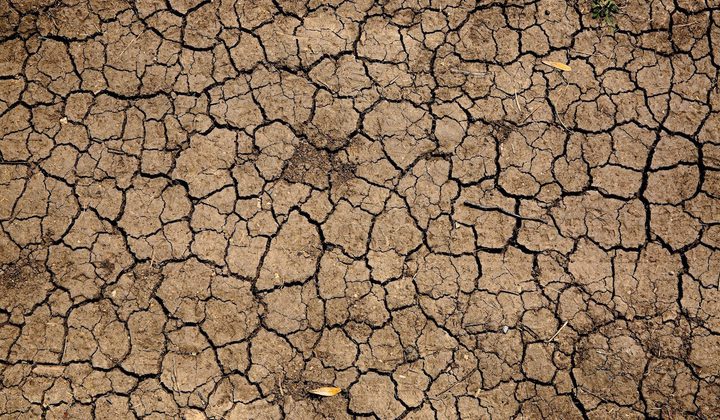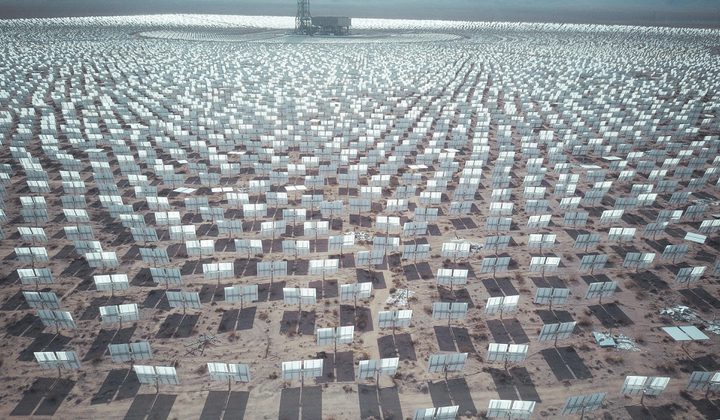Each year, people in the United States discard over 300 million pairs of shoes, with 95% ending up in landfills, and families in the Global North throw away an average of 30kg of clothing, of which only 15% gets recycled. Beyond discourse, it is time for sustainability in trade to be implemented in practice by addressing both sustainable consumption and production.
The idea of sustainable development gained global attention in 1972 at the United Nations Conference on the Human Environment in Stockholm. Since then, it has become a key aspect of international environmental policy, aiming to balance poverty eradication, resource exploitation, and environmental protection. As per the Brundtland Report from the Stockholm Conference, sustainable development means meeting the needs of the present without compromising the ability of future generations to meet their own needs.
With an emphasis on development, it highlights cleaner production rather than reducing consumption as corporate and industrial interests have significant influence on sustainable development strategies as compared to consumer interests within the UN discourse. This is despite the revision of the UN Guidelines for Consumer Protection (UNGCP), 1985, in 1999, which included “sustainable consumption” in the list of consumer responsibilities. This had resulted from Chapter 4 of Agenda 21 on sustainable consumption and production adopted at the Earth Summit in 1992.
Also, in the run-up to the amendment in the UNGCP in the late 1990s, consumer groups wanted to cover the whole gamut of “sustainable consumption and production” but the “production” part was dropped due to the US’s recalcitrance on the specious grounds that the guidelines are for governing consumption issues and not production. In fact, both are symbiotic.
A Balanced Treatment of Sustainable Consumption and Production
A balanced treatment of economic, equality, and environmental aspects of sustainable development requires equal emphasis on sustainable consumption and production.
In other words, a balanced treatment of economic, equality, and environmental aspects of sustainable development requires equal emphasis on sustainable consumption and production.
Also, when international law refers to sustainable consumption, it typically integrates it with production considerations. This is illustrated in Goal 12 of the Sustainable Development Goals (Responsible Consumption and Production), which underlines the need to address unsustainable patterns of production and consumption.
Therefore, the moot question is: why this neglect? Perhaps because, unlike production, which is related to economic institutions, consumption is influenced by both societal and economic institutions. Consequently, advocating for a reduction in consumption is challenging as it questions ever-evolving societal practices.
Moreover, unlike sustainable production, which aims to reduce pollution and transition to clean energy, sustainable consumption is yet to have a clear direction; although taxation has been used as a policy measure in some cases to curb unnecessary consumption, particularly for sin goods. The political economy of societal practices blurs its definition and constrains related policy prescriptions.
Additionally, advocating for reducing consumption may contradict the notion of consumer sovereignty, particularly in poor countries where a large number of citizens are yet to be consumers due to their low purchasing power. This can also threaten economic growth through a reduction in aggregate demand. Governments also face a big dilemma because less consumption means lower tax revenues and associated challenges.
The Carbon Footprint Conundrum
Is this balanced treatment of sustainable consumption and production happening? Unfortunately, not. When it comes to carbon footprints, for example, size does matter, and the Global North is wearing the bigger shoes. Per capita carbon emissions of the US (14.9 tonnes), Canada (14.2 tonnes), Australia (15.0 tonnes), and the European Union (EU) (6.2 tonnes) are significantly higher than those of developing countries. Take India, for instance, with one of the lowest per capita carbon emissions at 2.0 tonnes. This difference underlines the complexities of global sustainability efforts.
Also, is it not true that while the developed world has historically reaped the benefits of industrialization, their developing counterparts are left to grapple with its unintended consequences? Most of them do not have the resources to tread the path of sustainability and they are being preached to make adjustments that could entail significant economic sacrifices in terms of growth, employment, and economic well-being.
However, in spite of such imbalances, recent policies like the EU’s Carbon Border Adjustment Mechanism (CBAM) are putting pressure on developing countries to adopt cleaner production practices. This is notwithstanding the commitment of the Global South on the necessity of creating new development paths that prioritize sustainability and a net-zero future.
This transition must be fair and inclusive. Many countries in the Global South rely on carbon-intensive production processes in sectors such as steel or cement and their shift to a green economy may not happen by 2026 as envisaged under the CBAM. As a result, they will face penalties at a significant cost to their economies.
International Trade and Sustainable Development Nexus
The CBAM example demonstrates some of the complex issues at the nexus between international trade and sustainable development. This in a context in which production and consumption structures have been transformed in the recent past by the emergence of global value chains, whereby our economies have become more integrated and dependent .
Moreover, as anticipated in a joint World Trade Organization (WTO) and the United Nations Environment Programme (UNEP) report, increased trade will likely result in higher industrial production and, consequently, increased carbon emissions. For instance, the demand for steel globally is projected to rise from 1,880 million tonnes in 2020 to 2,500 million tonnes by 2050, which will significantly increase the industry’s carbon emissions.
At the same time, a more open trade regime, including for environmental goods and services, has the potential to promote the growth of environmentally friendly businesses, improving economic efficiency, facilitating access to affordable clean technologies, and supporting environmental conservation. Achieving this will require global cooperation; however, there is no universal solution or standard strategy to optimize trade for sustainable development. Such an approach calls for multiple actions.
There is no universal solution or standard strategy to optimize trade for sustainable development.
One crucial area of action is technical assistance and capacity building in developing and least developed countries. It is pertinent to acknowledge that these countries require support in terms of technology, financial resources, and adequate transition periods to keep pace with developed countries in their path towards achieving economic efficiency with clean energy. Decarbonization efforts should recognize the principle of common but differentiated responsibilities and respective capabilities. Only then can environmental standards and other such measures be considered “fair” as against protectionist and/or precautionary measures.
The role of institutions is equally important. Efforts are underway to align trade with sustainable development at the WTO. For instance, the WTO’s Trade and Environmental Sustainability Structured Discussions (TESSD) aims to complement the work of the Committee on Trade and Environment while advancing discussions on trade and environmental sustainability. Over 70 WTO members are engaged in this initiative, which covers related issues such as climate change, trade in environmental goods and services, and sustainable supply chains among others.
Concluding Remarks
The challenge of integrating sustainability into consumption and production is a major focus of both public and private organizations. Although the focus on sustainable production is prominent through initiatives like the EU’s CBAM, it is equally important to address sustainable consumption by recognizing its political economy. This requires a fundamental rethink of production (and distribution) processes and a cultural shift towards consuming less while enjoying living.
In this respect, India’s Lifestyle for the Environment (LiFE) initiative, launched at the 2021 UN Climate Change Conference (COP26), is an appropriate example. It aims to promote “mindful and deliberate utilisation” as against “mindless and wasteful consumption.” As Mahatma Gandhi famously said, “Earth provides enough to satisfy every man’s needs, but not every man’s greed.”
Therefore, it is essential that international efforts towards sustainability prioritize fairness and inclusivity in trade policies, as exemplified by provisions on special and differential treatment, acknowledging the differing starting points and capacities of countries for their transition to sustainable consumption and production.
----------
Pradeep S. Mehta is Secretary General of CUTS International.
Bipul Chattopadhyay is Executive Director of CUTS International.
Shruti Maheshwari is Senior Research Associate of CUTS International.
-----
Synergies by TESS is a blog dedicated to promoting inclusive policy dialogue at the intersection of trade, environment, and sustainable development, drawing on perspectives from a range of experts from around the globe. The editor is Fabrice Lehmann.
Disclaimer
Any views and opinions expressed on Synergies are those of the author(s) and do not necessarily reflect those of TESS or any of its partner organizations or funders.
License
All of the content on Synergies is licensed under a Creative Commons Attribution-NonCommercial-ShareAlike 4.0 International (CC BY-NC-SA 4.0)
license. This means you are welcome to adapt, copy, and share it on your
platforms with attribution to the source and author(s), but not for
commercial purposes. You must also share it under the same CC BY-NC-SA
4.0 license.
If you would like to reuse any material published here or if you have any other question related to Synergies, send an email to fabrice.lehmann@graduateinstitute.ch.






